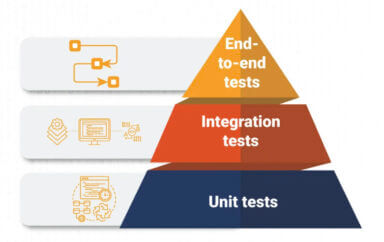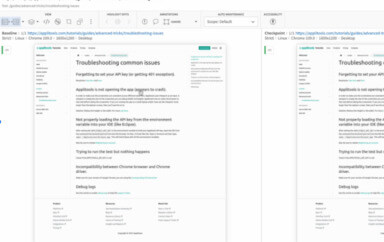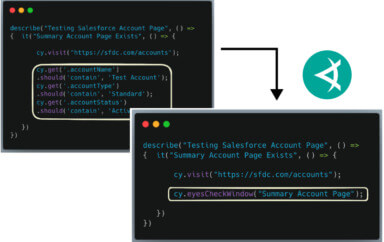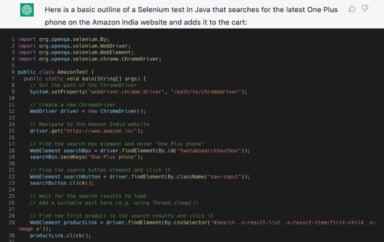Guest post by Jared Sulzdorf, Director of Product Development at LexBlog
There is an art to managing websites that many do not appreciate.
The browser wars of the late 90s carried over into the early 2000s, and while web standards have helped align how these browsers render front-end code, there are still dozens of versions of the five major browsers (Edge has joined the crew!), all with their own understanding of how the web should look and act. Add to that the fact most digital properties ship with many templates, each with their own way of displaying content, and those templates in turn may run on dozens or hundreds of websites, and you’re left wondering if this internet thing is really worth it.

At LexBlog, where I hang my digital hat as the lead of the product development team, we manage well over one thousand websites. From the front to the back-end, it’s our responsibility to ensure things are running smoothly for our clients who range from solo lawyers to some of the largest law firms in the world. With that in mind, it’s no surprise that expectations are high, and our team works to meet those standards during every update.
While our product development team makes great use of staging environments, functional testing, performance monitoring/server error logs, and unit tests to catch issues through the course of the development cycle, it still isn’t enough. The reality of developing on the web is that you can’t unit test how CSS and HTML will render in a browser and humans can only look at so many screenshots before losing focus.
Prior to finding Applitools, LexBlog used Fake (http://fakeapp.com/), a web automation software, to visit our sites in a staging environment after a front-end update and take a screenshot. One of our support teammates would then leaf through these screenshots in an effort to find unexpected changes and report back when they were done. Unfortunately, this approach was just not scaling, and our team was running into a myriad of issues:
- Deployments would wait for weeks while manual testing was performed
- Manual tests would invariably miss errors and when the code was deployed, hotfixes would quickly follow
- The overhead in managing the humans and systems necessary for performing manual tests was untenable
- All of the above led to low morale
The first major breakthrough was finding Selenium to replace Fake. This allowed the product team to better manage the writing and reviewing of tests. However, now that the ball was fully in our court, there was still the problem of reviewing all these screenshots.
Being technically inclined, we looked for programmatic solutions to comparing two screenshots (one taken before an update, the other after an update) and finding the diff. A myriad of tools like PhantomJS (http://phantomjs.org/) or BackstopJS (https://garris.github.io/BackstopJS/) were researched and thrown aside until we found Applitools.
Applitools had everything we were looking for:
- An SDK that supported languages our team was familiar with
- UI for reviewing screenshot comparisons
- A cloud-based portal allowing multiple teammates to log in and view the results of the same test
After spending some time investing in a host of desktop scripts written in Python, we noticed immediate improvements. Deployments for front-end changes went out the door faster and with less errors and our team was able to focus on higher-purpose work, leading to happier clients.
Over the years, we’ve consistently updated our approach to visual regression testing to the point where we can now introduce large changesets in code that renders on the front-end and catch nearly every regression in staging environments before deploying to production. Applitools, in combination with Selenium, Node, React, and the WordPress REST API, has allowed us to create a fully-fledged visual regression testing application that saves our team countless hours and headaches all while ensuring happy clients. It really is a match made in heaven.
To read more about Applitools’ visual UI testing and Application Visual Management (AVM) solutions, check out the resources section on the Applitools website. To get started with Applitools, request a demo or sign up for a free Applitools account.








